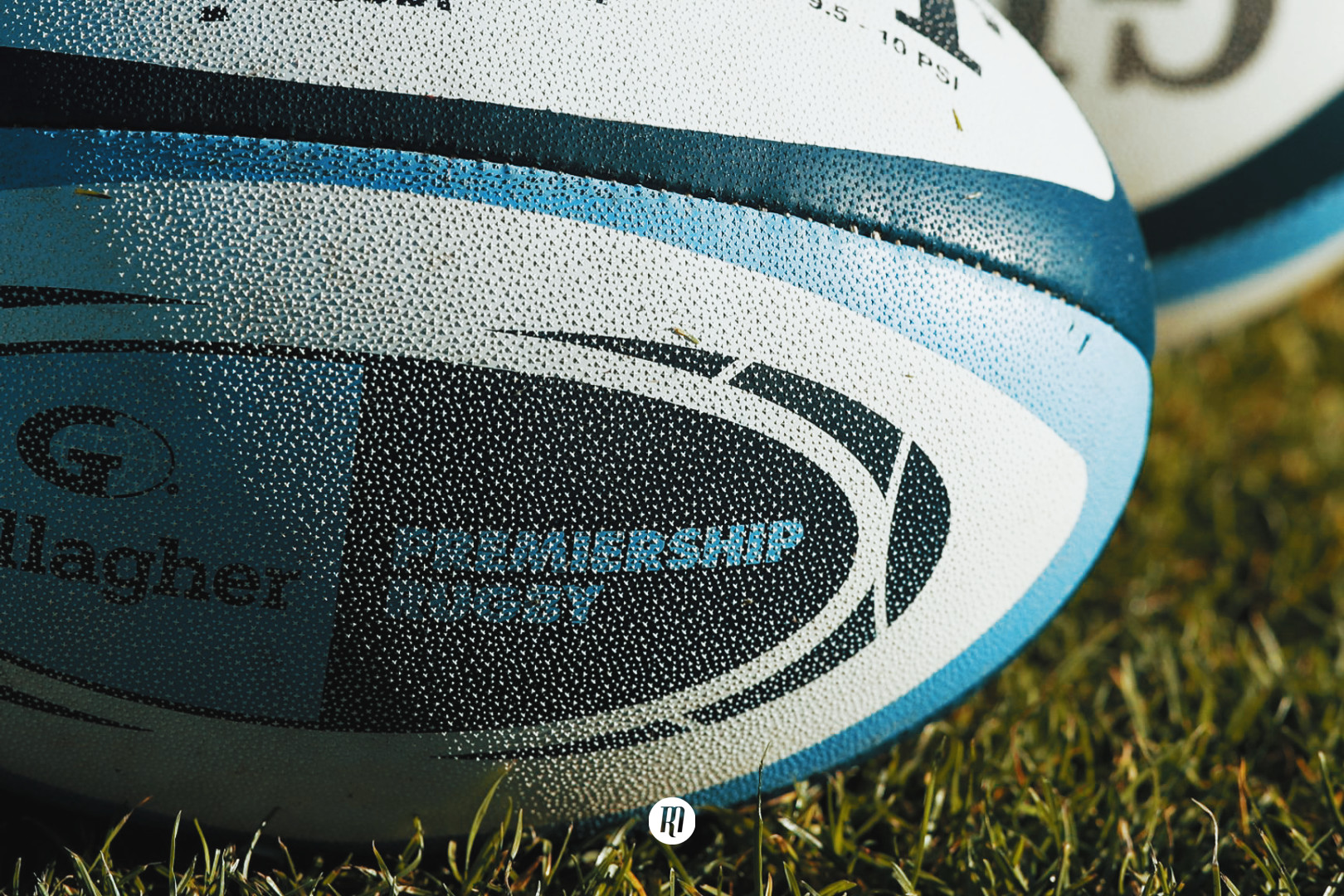Ringfencing is the answer, but we’re asking the wrong question
Closing off relegation and promotion within the top levels of English club rugby is something that continues to raise its head, but what if we took a step back and looked at the issues we were trying to solve with an unbiased eye?
Rugby’s staunch belief that it should remain an amateur game stalled the creation of a domestic league structure in England. While regional merit tables had existed from the early ‘70s, it wasn’t until 1984 that two national merit tables were introduced, and then finally in 1987 that a full league structure was born.
Rugby has never dealt well with change, but change is always happening. Look back to 1987 and the inaugural English season, and you will note that from the 1968 law, only injured players were allowed to be substituted. Tactical substitutions were not introduced to the game until 1996.
This is perhaps one of the more pertinent points in this argument; in the days where only substitutions were allowed through injury, a club might have a squad of between 20-25 players to choose from. The comparatively lower levels of strength involved in the game meant fewer injuries through contact, and as a result, much smaller squads.
Indeed one need only look at England through their 1994 Five Nations championship campaign. The only substitute to make it onto the field was Mike Catt, who replaced Rob Andrew for the last four of England’s three-hundred and twenty minutes throughout the competition.
With that in mind, you can effectively project English rugby’s league structure onto the current set up that exists for association football in the country. The capacity for promotion and relegation is greatly enhanced when the assets within the game (the players) can be adequately shared around a great many clubs from the top to the bottom of the league structure.
This is where Rugby has changed.
Tactical substitutions arrived in 1996 along with professionalism, and Rugby found itself in a world it was ill-prepared for. With players now able to focus all of their time on their role within a team, and coaches able to refine their approach to winning fixtures, it came as no surprise that the size and fitness of players changed dramatically.
This change has brought about a reliance on a wider playing squad too, showing the impact that modern rugby has on both players and clubs. To date, through the current Premiership season, Sale Sharks have used the fewest number of players with 39. At the other end of the scale are Leicester, who have used 47.
This is in stark contrast to the days before professionalism when English rugby’s league structure was introduced. If each club now requires over twice as many players to compete at the top level, where does that leave the clubs we projected onto the association football ladder?
Twice as many players at each of the top clubs effectively halves the sustainable league structure, leaving two competitive leagues at the top of the pyramid. That said, with Premiership clubs also vying for the best academy talent, it leaves little for those who are not at the top table.
This has then brought about the promotion/relegation bounce that Premiership clubs are so keen to avoid, and with it talk of ringfencing.
If we were presented with this scenario, without the tradition and history that comes with the game, it is hard to imagine we wouldn’t suggest a top structure of twelve or fourteen teams, with development sides underneath. Of course, this is how most other countries have approached this problem, but with much smaller populations, their top club level consists of two to four teams who compete against those of other countries.
English club rugby is caught between being too big in terms of numbers to sit alongside those other teams in the PRO14, and yet too small to support and sustain an expanded league system.
World Rugby’s data from 2016 showed England to have 340,347 registered players, Ireland less than half as many at 153,080. Wales and Scotland had 50,557 and 38,500 respectively. Compare that with top level clubs: Ireland have their four provinces, Wales four, and Scotland two. By the same reckoning, England should be somewhere around ten to twelve top level clubs, which shows why England are not part of a wider international league structure.
So, going in with a clean slate, the suggestion would undoubtedly be to create a single top level that sat over an extended domestic structure. The next question would be then, where are the clubs and what are they called? Well, perhaps there is one from Leicester, and we call it the Tigers? Maybe one from Gloucester and we call it the Lions? The Bears in Bristol, the Chiefs, the Falcons, the Saracens… You get the idea.
The thing holding ringfencing back is the connotation the word imbues: it carries with it the tradition and history of each of the clubs in the Premiership.
You start questioning the right of one club to be within the fence over another, or point to success stories like Exeter never happening again, but to do so is to tie the weight of tradition and history like a ball and chain around the ankle of the future of the game.
If, as I said above, we were to build an entirely new league that we called Premiership Rugby, and it was to include teams with names like the Bears, the Tigers, the Falcons, the Badgers (as a Bath fan, I’m a bit nervous), the Harlequins, we would probably all be on board.
With that in mind, it shows that ringfencing is the solution, even though it might not be the answer people want to hear. Cast away the connotations though, and we find ourselves with a league structure that sufficiently nurtures players and systems that can only benefit the national team. With the risk of relegation removed, clubs can build on their philosophies and provide a stable pathway for young talent through to the top levels of the game.
When national leagues were introduced in 1987 off the back of the merit table system, it must have felt like a shifting of the sands for many, but by its very nature, Rugby is constantly evolving, and it’s imperative we continue to evolve with it.
https://www.youtube.com/watch?v=xNqJkBW2ulw&t=38s

Filed under:
Gallagher Premiership, Spirit Of The Game
Written by: Edward Kerr
Follow: @edwardrkerr · @therugbymag






